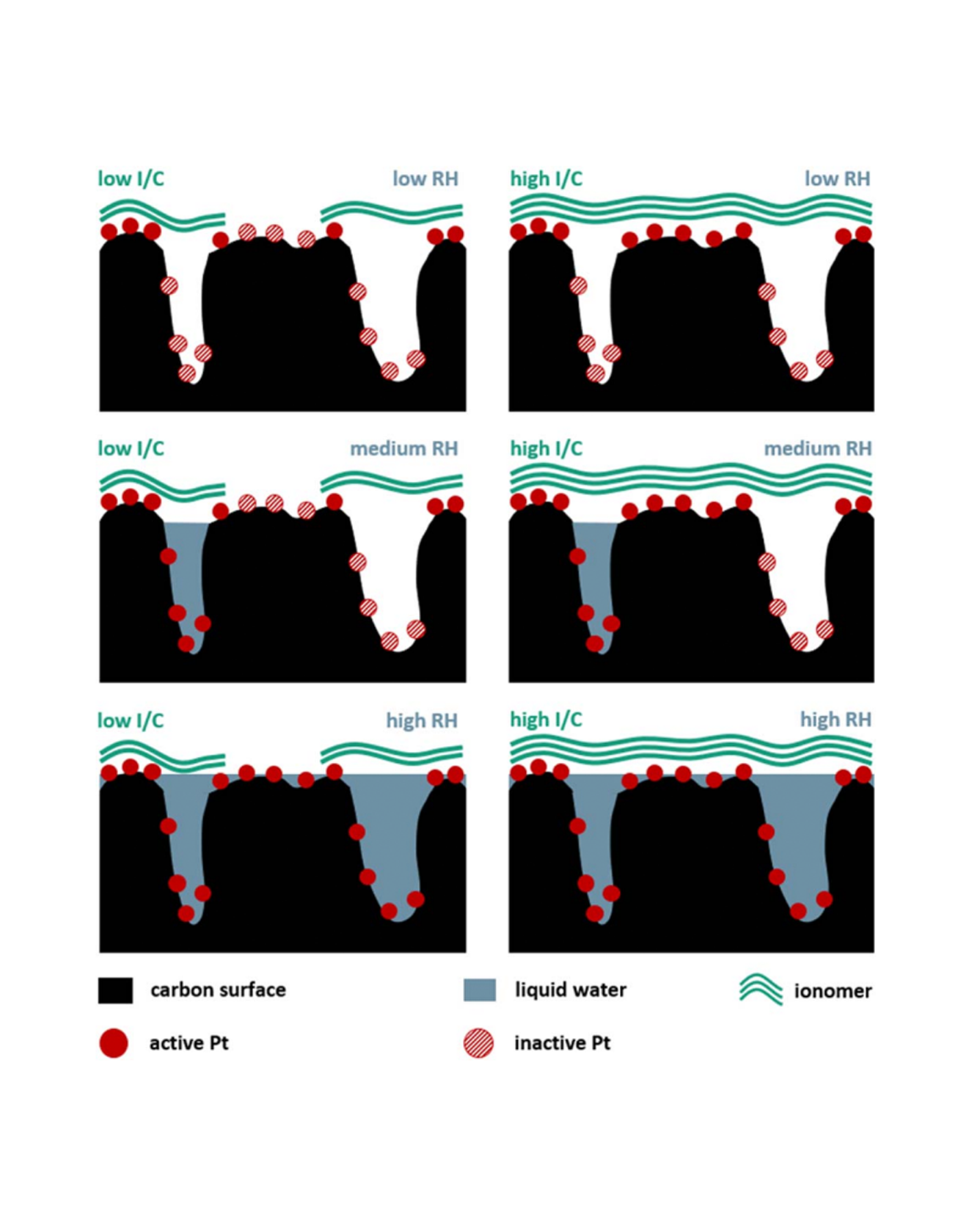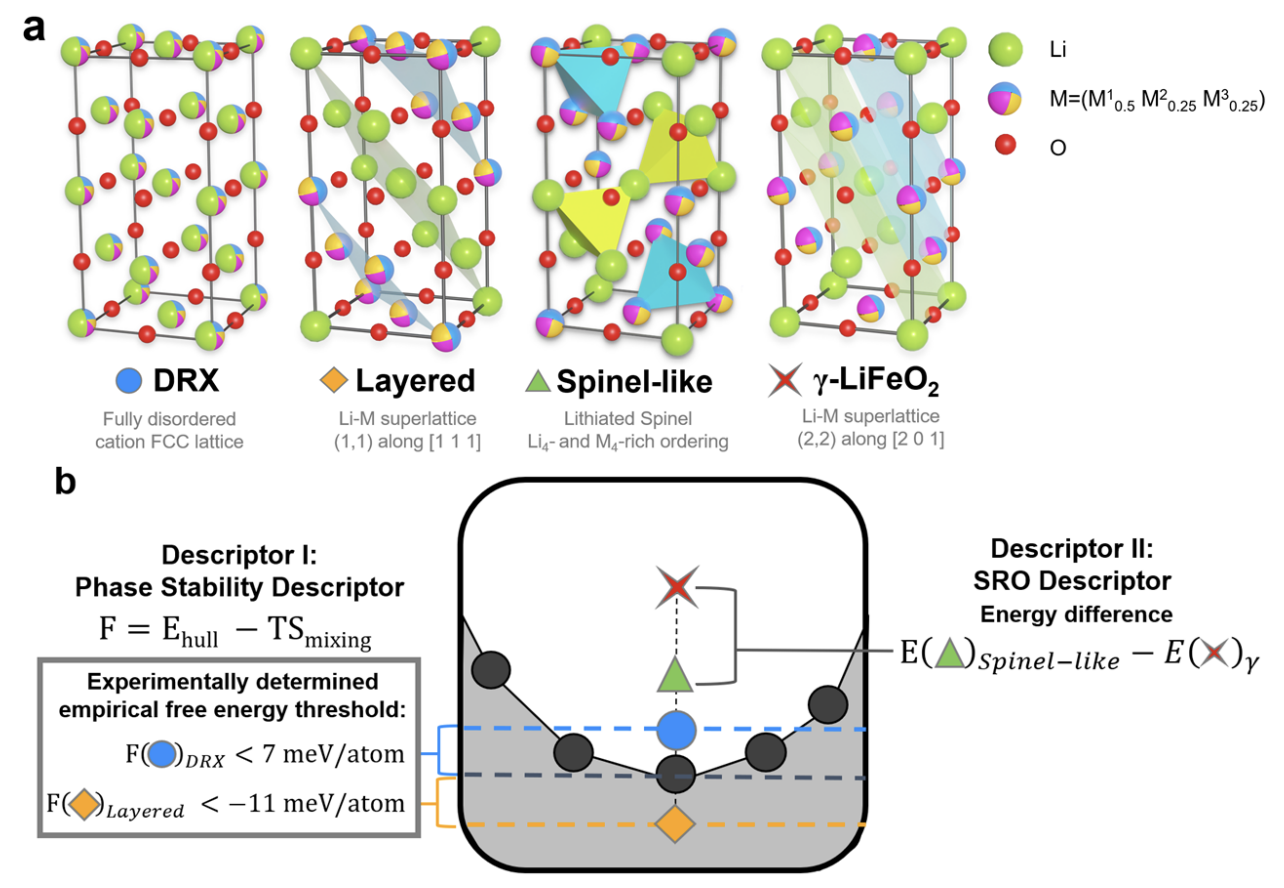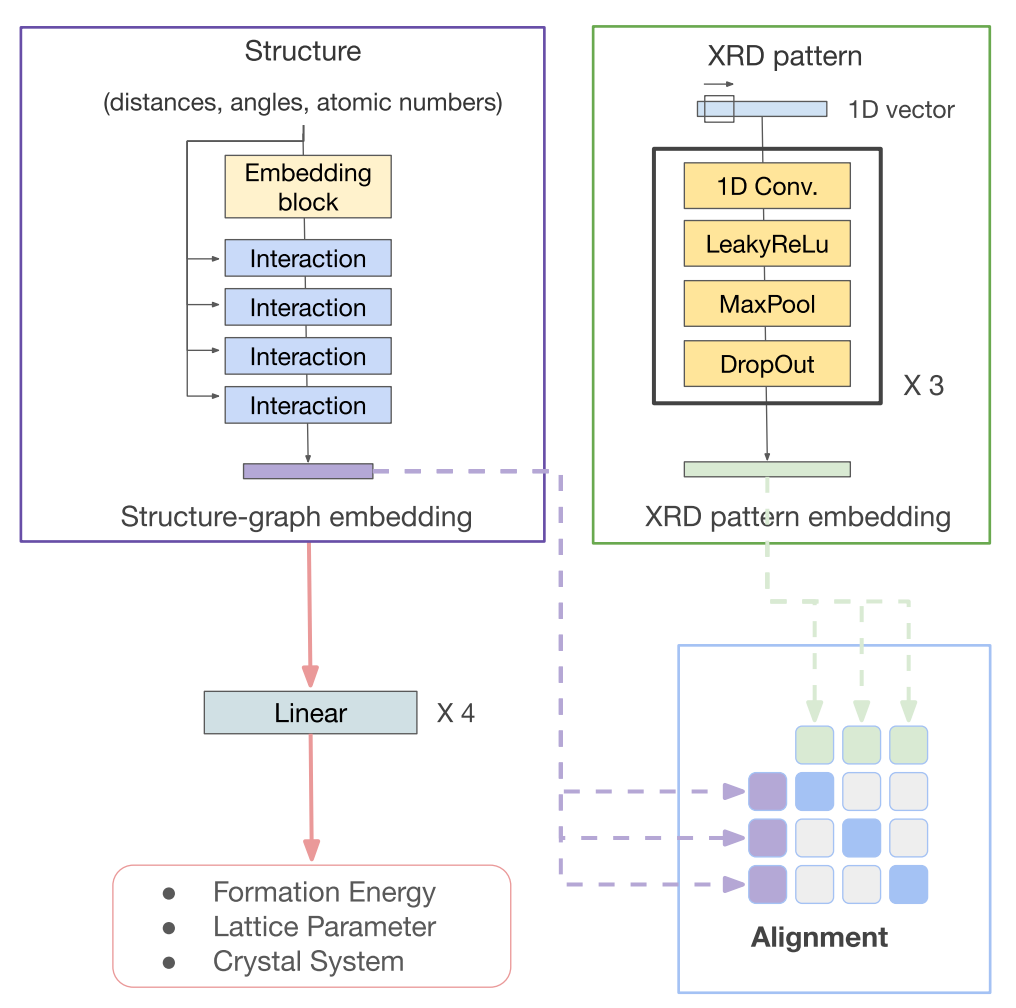
The effect of ionomer to carbon (I/C) weight ratio and relative humidity (RH) on cathode catalyst degradation was investigated by comprehensive in situ characterization. Membrane electrode assemblies (MEA) with I/C ratios of 0.5, 0.8 and 1.2 were subjected to an accelerated stress test performed at 40, 70 and 100% RH. The results show an increasing loss in electrochemical active surface area (ECSA) for both higher I/C ratios and RH during voltage cycling. To differentiate between ionomer and water connected ECSA, carbon monoxide stripping measurements were performed at varying RH. Before degradation, all MEAs show comparable total ECSA values, while higher I/C ratios lead to a larger fraction of ionomer connected ECSA. After degradation, ECSA measurements of the lowest I/C ratio showed a relatively higher loss of Pt in contact with ionomer than Pt in contact with water, while an opposite trend was observed for higher I/C ratios. H2/N2 impedance measurements showed drastically increasing protonic catalyst layer resistances for decreasing RH especially at low I/C ratios, which might hinder Pt2+ ion diffusion towards the membrane, hence decreasing the ECSA loss. Limiting current measurements show increasing molecular O2 diffusion resistances at end of test for samples with higher I/C ratios and higher ECSA loss. READ MORE


